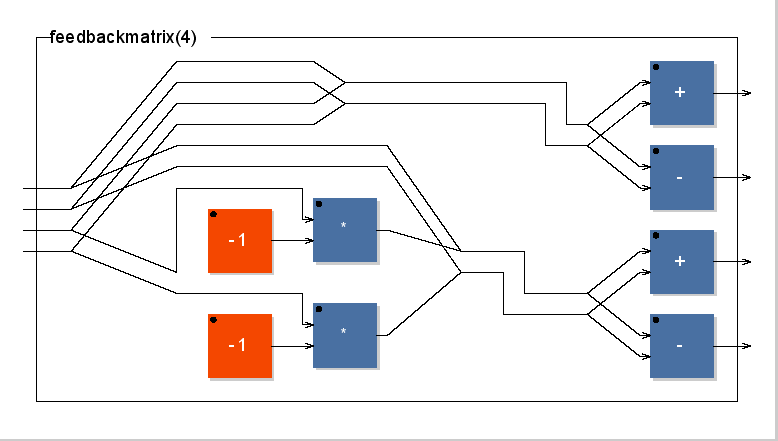Next |
Prev |
Up |
Top
|
Index |
JOS Index |
JOS Pubs |
JOS Home |
Search
The wave equation for the ideal (lossless, linear, flexible)
vibrating string, depicted in Fig.C.1, is given by
 |
(C.1) |
where
where `` '' means ``is defined as.'' The wave equation is
derived in §B.6. It can be interpreted as a statement
of Newton's second law, ``force = mass
'' means ``is defined as.'' The wave equation is
derived in §B.6. It can be interpreted as a statement
of Newton's second law, ``force = mass  acceleration,''
on a microscopic scale. Since we are concerned with transverse
vibrations on the string, the relevant restoring force (per unit
length) is given by the string tension times the curvature of the
string (
acceleration,''
on a microscopic scale. Since we are concerned with transverse
vibrations on the string, the relevant restoring force (per unit
length) is given by the string tension times the curvature of the
string ( ); the restoring force is balanced at all times by the
inertial force per unit length of the string which is equal to mass
density times transverse acceleration (
); the restoring force is balanced at all times by the
inertial force per unit length of the string which is equal to mass
density times transverse acceleration (
 ).
).
Next |
Prev |
Up |
Top
|
Index |
JOS Index |
JOS Pubs |
JOS Home |
Search
[How to cite this work] [Order a printed hardcopy] [Comment on this page via email]
![\includegraphics[width=\twidth]{eps/Fphysicalstring}](img3208.png)
